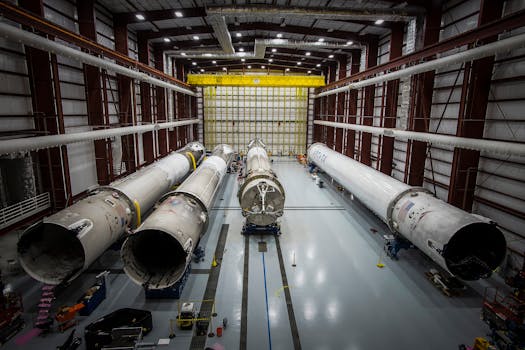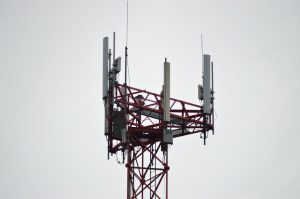
Exploring the History of Satellite Development and Key Milestones
Exploring the history of satellite development and key milestones is a fascinating story of innovation and perseverance, marked by key milestones that have shaped the industry into what it is today. The concept of satellite development dates back to the early 20th century, when scientists and engineers first began exploring the possibility of launching objects into space. Since then, the industry has undergone significant transformations, driven by advances in technology, changes in government policies, and the growing demand for satellite-based services.
The first artificial satellite, Sputnik 1, was launched by the Soviet Union in 1957, marking the beginning of the space age. This historic event sparked a wave of interest in space exploration and satellite development, with the United States and other countries quickly following suit. The early years of satellite development were marked by a series of notable achievements, including the launch of the first American satellite, Explorer 1, in 1958, and the first successful communications satellite, Telstar 1, in 1962.
The Golden Age of Satellite Development
The 1960s and 1970s are often referred to as the golden age of satellite development. During this period, the industry experienced rapid growth and innovation, with the launch of numerous satellites for a variety of applications, including communications, navigation, and weather forecasting. One of the most significant milestones of this era was the launch of the first geosynchronous satellite, Syncom 2, in 1963. This satellite paved the way for modern communications satellites, which play a critical role in global telecommunications today.
The 1980s saw the introduction of new technologies, such as satellite television and mobile satellite communications. The launch of the first commercial satellite, Intelsat 1, in 1965, marked the beginning of the modern satellite industry. This was followed by the launch of the first GPS satellite, Navstar 1, in 1978, which paved the way for modern navigation systems. The 1990s and 2000s saw significant advancements in satellite technology, including the development of new materials, propulsion systems, and power sources.
Modern Satellite Development
Today, the satellite industry is a global phenomenon, with thousands of satellites in orbit around the Earth. The development of new technologies, such as satellite constellations and small satellites, has opened up new opportunities for satellite-based services, including Earth observation, satellite broadband, and space exploration. The launch of the first satellite constellation, Iridium, in 1998, marked a significant milestone in the industry, providing global coverage and enabling new applications such as satellite phone and data services.
The modern satellite industry is characterized by a high degree of innovation and competition, with numerous companies and organizations involved in satellite development and launch. The rise of private space companies, such as SpaceX and Blue Origin, has disrupted the traditional satellite launch market, offering new opportunities for satellite developers and operators. The development of reusable launch vehicles has significantly reduced the cost of accessing space, making it more affordable for companies and governments to launch satellites.
Conclusion
In conclusion, the history of satellite development is a rich and fascinating story, marked by key milestones that have shaped the industry into what it is today. From the launch of the first artificial satellite, Sputnik 1, to the development of modern satellite constellations and small satellites, the industry has undergone significant transformations over the years. As the demand for satellite-based services continues to grow, it is likely that the satellite industry will continue to evolve and innovate, with new technologies and applications emerging in the years to come.



